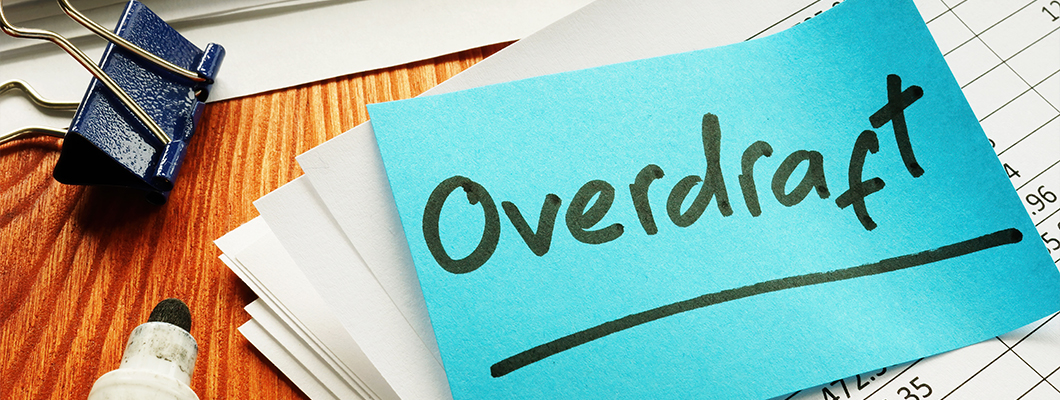In a country like India, where financial needs can be diverse and unexpected, various credit options are available to aid individuals and businesses. One such option is an overdraft loan, a flexible financial tool that offers a way to manage cash flow during tight situations. This article details the application process for an overdraft loan in India and explores the benefits and drawbacks of choosing this financial option.
How to Apply for an Overdraft Loan in India
Understanding Overdraft Loans
An overdraft loan is a credit facility offered by banks that allows account holders to withdraw more money than they currently have in their account, up to a certain limit. This excess amount is treated as a loan, which must be repaid with interest. Overdraft loans are typically approved based on the applicant’s credit score, income, and relationship with the bank.
Application Process
1. Evaluate Your Needs: Before apply for overdraft loan, assess whether this type of credit meets your financial needs. An overdraft loan is beneficial for short-term liquidity crises but not ideal for long-term or high-value borrowing.
2. Choose a Suitable Bank: Select a bank that offers attractive overdraft facilities. Consider the terms and conditions, interest rates, and other charges involved. Most banks provide detailed information through their websites or customer service centers.
3. Prepare Documentation: Banks usually require specific documents to process your overdraft loan application. These may include identity proof (PAN card, Aadhaar card), address proof (utility bills, ration card), bank statements, income proof (salary slips, ITR), and business-related documents (for business overdrafts).
4. Contact the Bank: You can reach out to the bank’s customer service through personal loan contact numbers available on their website or visit the nearest branch. Discuss the terms and conditions with the loan officer to understand the specifics of the overdraft agreement.
5. Submit Your Application: Fill out the application form and submit it along with the required documents. The bank will evaluate your eligibility based on your credit profile, existing liabilities, and other criteria.
6. Approval and Limit Setting: Once approved, the bank will set an overdraft limit on your account. You can withdraw funds up to this limit as and when required.
Utilizing the Overdraft
– Withdraw funds over the limit of your account balance.
– Use the overdraft loan for immediate and unexpected expenses.
– Repay the borrowed amount with applicable interest to replenish your available limit.
Pros and Cons of Overdraft Loans
Pros
1. Flexible Borrowing: Overdraft loans offer great flexibility. You can borrow only what you need, when you need it, without reapplying for a new loan each time.
2. Only Pay Interest on Borrowed Amount: Interest is charged solely on the amount you use, not the entire overdraft limit. This can result in cost savings if managed wisely.
3. Quick and Easy Access: Once approved, an overdraft loan provides immediate access to funds, which is advantageous in emergencies.
4. Convenient Repayment: Repaying an overdraft loan is straightforward, as you only need to deposit the borrowed amount back into your account, along with the incurred interest.
Cons
1. High-Interest Rates: Overdraft loans often come with higher interest rates compared to regular loans or credit lines. This can make them costly if not repaid promptly.
2. Variable Interest Rates: The interest rates can fluctuate, affecting the overall cost of borrowing. Factors such as the Reserve Bank of India’s Reverse Repo Rate can influence these changes, leading to variable repayment terms.
3. Potential for Over-Borrowing: The ease of access to funds can lead to over-borrowing, resulting in debt accumulation and potential financial stress.
4. Fees and Charges: Besides interest, banks may impose processing fees, maintenance charges, and penalties for overdrafts beyond the approved limit.
Conclusion
Overdraft loans offer a useful lifeline during financial crunches by providing immediate access to additional funds. However, they come with their own set of advantages and disadvantages. Before opting for an overdraft loan, thoroughly evaluate your financial situation, the terms offered by different banks, and your ability to manage and repay the borrowed amount. By keeping in mind the implications of varying interest rates influenced by economic factors such as the Reverse Repo Rate, you can make an informed decision that best suits your financial needs.
Remember to use the personal loan contact numbers to gather all necessary information and choose the most favorable overdraft facility. Proper financial planning and disciplined repayment can help you utilize this financial tool effectively without leading to undue burdens.
Also Read
- ► What is the Best Online MBA in Healthcare Management in India?
- ► Two Piece Boxes: Combining Functionality and Elegance
- ► How to Hire a Minibus in Newcastle for Your Next Trip?
- ► Common Mistakes Tourists Make During Coach Hire in Peterborough
- ► Cricket Academies in Delhi: Which One Suits You Best?
- ► Online Casino Gambling Games Thrills, Trends, and Tips for Success
- ► The Power of Free Coupon Codes Unlocking Savings and Value
- ► Key Functionalities of SAP MM
- ► Basketball 3×3 Fantasy: The Mini-Court Madness Online
- ► Understanding Brisbane’s Housing Market Through Inspection Trends
- ► REAL ESTATE IN DUBAI
- ► India Home Appliances Market Size, Demand, Trends & Growth | 2034
- ► The Power and Impact of Social Media in Modern Society
- ► Empower your business with our agency
- ► The Impact of Social Media on Teen Mental Health





